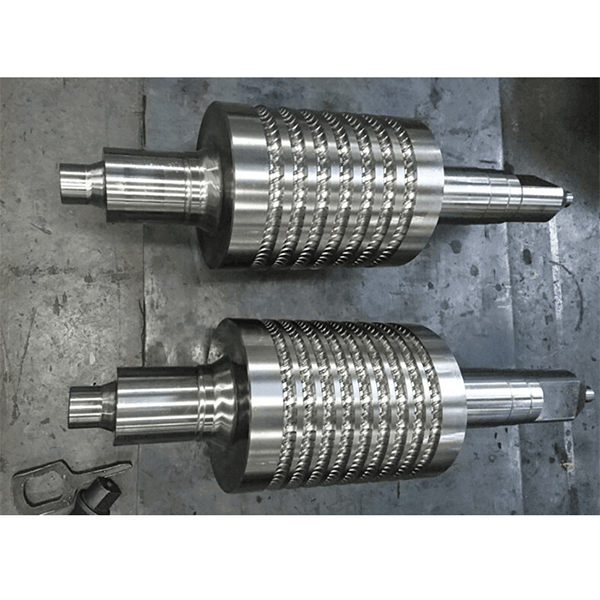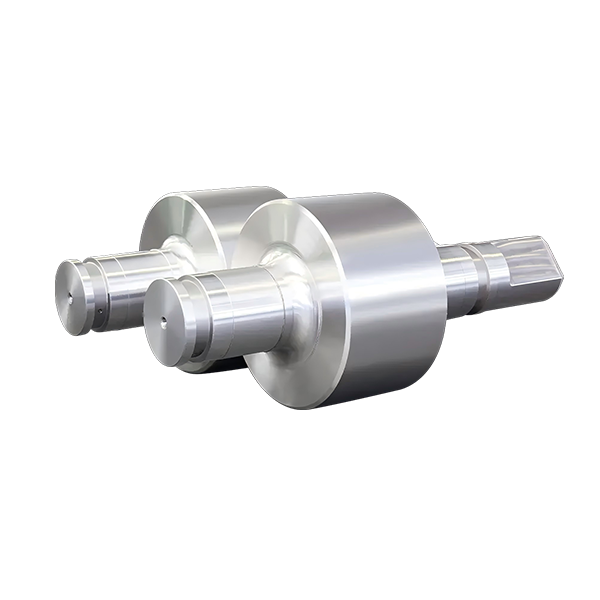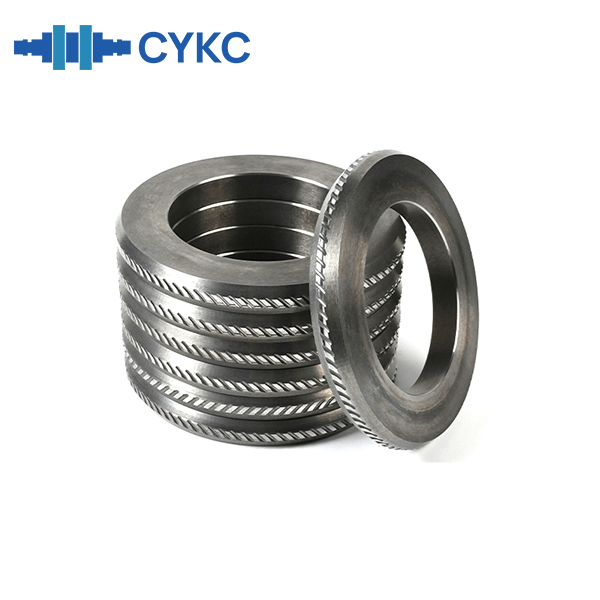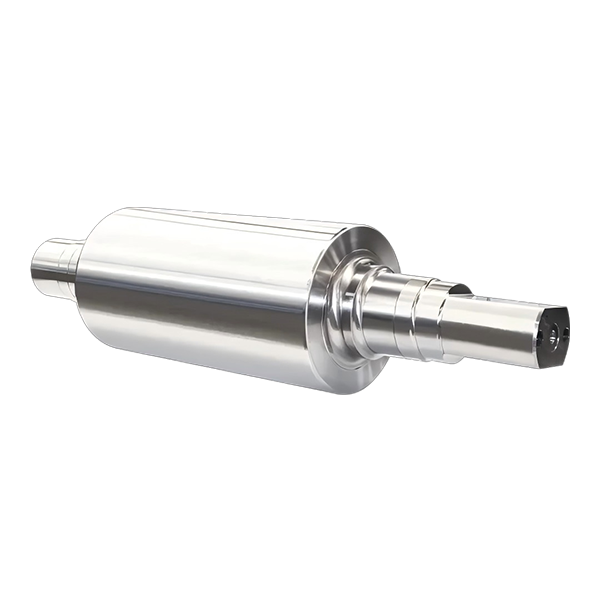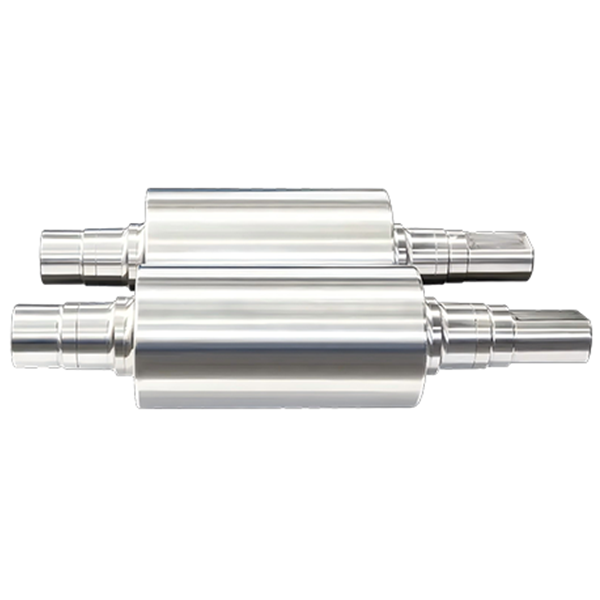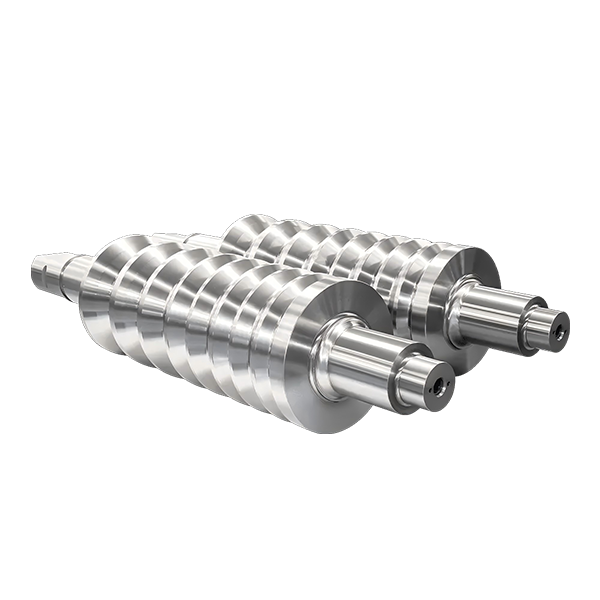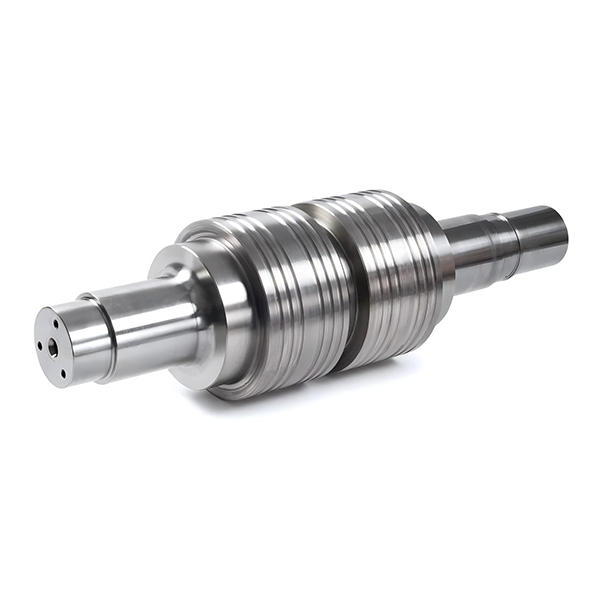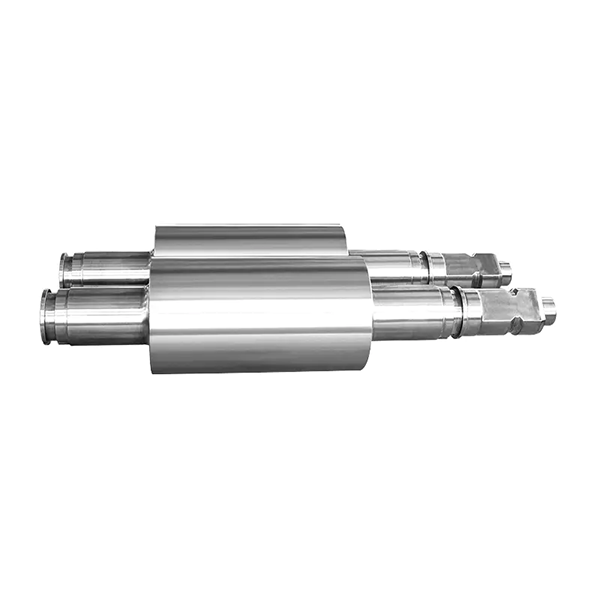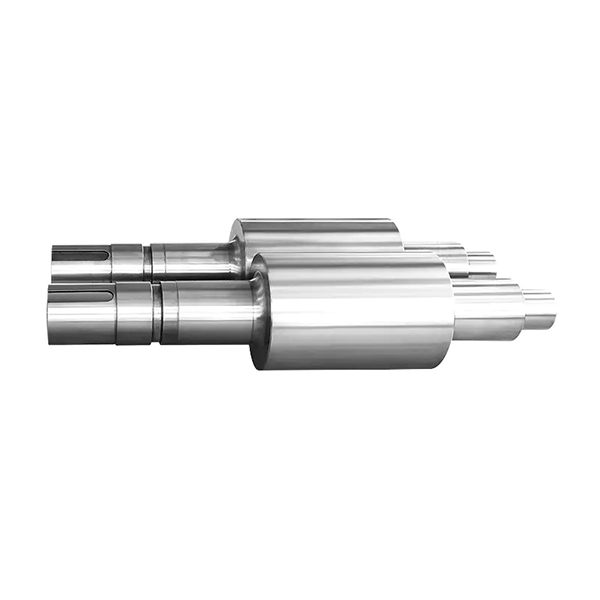Mill rolls are essential components in strip steel production. Their quality and condition directly affect the final product's surface, shape, and dimensional accuracy. Here's a comprehensive look at how mill rolls influence product quality and common roll-related issues.1. Roll Sticking and Its Causes
Roll sticking happens when parts of the strip adhere to the roll surface. This is usually caused by:
Excessive local reduction.
Strip breakage or folded steel entering the mill.
Mild roll sticking can often be resolved by manual grinding with a sharpening stone. However, for high surface quality requirements, the roll must be replaced.
2. Material Requirements for Cold Rolling Rolls
During cold rolling, rolls face intense pressure and severe wear. They must resist:
Surface cracks caused by over burning or steel jamming.
High-speed rolling fatigue.
Thus, cold rolling work rolls must feature:
Very high and uniform hardness.
Deep hardened layers.
Excellent wear resistance and crack resistance.
Strong resistance to overheating and surface cracking.
These qualities are key to extending roll life and ensuring stable production.
3. Consequences of Low Roll Hardness
If roll hardness is insufficient:
Elastic flattening increases.
Contact area between the roll and strip grows.
To achieve the same thickness, rolling force must increase.
Higher force negatively impacts shape control.
Increased roughness raises friction, further increasing rolling force.
All of these factors make the rolling process less efficient and affect strip quality.
4. Shape Defect Correction: Edge Waves vs. Center Waves
Edge waves: Caused by excessive pressure on strip edges. Use positive roll bending to reduce edge pressure.
Center waves: Caused by high initial crown or thermal expansion. Use negative roll bending to reduce center pressure.
5. Preventing Strip Deviation During Threading
Strip deviation usually occurs during threading or tailing. Prevention steps include:
Calibrate roll gap and reduction settings before threading.
Check incoming strip quality for shape defects like edge waves.
Monitor strip movement carefully.
If deviation occurs, adjust the roll gap or stop the mill immediately.
Main causes of deviation:
Poor incoming strip shape.
Incorrect operation or misaligned roll adjustment.
Sudden loss of tension from the coiler.
Roll taper caused by poor grinding.
Malfunction of the edge control system or sensors.
6. Common Grinding Defects and Their Effects
Improper grinding leads to:
Tapered roll body: Causes uneven reduction and edge waves.
Out-of-round rolls: Lead to vibration and thickness fluctuation.
Convex rolls: Cause center and double-rib waves if a flat roll is required.
Excessive roughness: Increases rolling force and affects surface quality.
Surface cracks: If not properly removed, can leave indentations on the strip.
7. Roll Fracture Causes
Roll breakage is a critical issue and typically occurs at the roll neck. Causes include:
Manufacturing defects at the roll neck, which bears the highest torque.
Roll bursts during high-force, high-speed rolling.
Improper operation, such as misaligned pressing, causing one-sided stress.
Conclusion
The performance of mill rolls plays a vital role in product quality, process stability, and production cost. Selecting high-quality rolls, ensuring precise grinding, and maintaining proper operation are key to avoiding defects such as sticking, deviation, and fracture.
At CYKC GROUP, we provide advanced rolls tailored for strip steel production, ensuring excellent hardness, durability, and performance. Contact us for expert support and customized roll solutions.


